What is Neo? (NEO)
Neo (NEO) is a decentralized blockchain platform designed to facilitate the development and execution of smart contracts and decentralized applications (dApps). It is often referred to as the “Ethereum of China” because it shares many similarities with Ethereum but with its unique features, including support for multiple programming languages and a distinct governance and consensus mechanism.
Neo’s aim is to create a “smart economy” by integrating blockchain technology with digital assets, smart contracts, and a digital identity system. These features make it a versatile platform for developers who want to build decentralized products and services such as decentralized exchanges (DEXs), prediction markets, and social networks.
Neo’s architecture is built to be scalable and efficient. It also introduces the concept of dual tokens with NEO for governance and GAS for transaction fees and network operations.

Key Features of Neo
- Smart Economy:
- Neo’s ultimate goal is to create a “smart economy” by integrating digital assets, smart contracts, and digital identities. This combination is designed to enable decentralized transactions, automation of processes, and seamless digital asset management.
- NeoContracts:
- Neo offers a unique feature called NeoContracts, which are smart contracts written in popular programming languages like C# and Java. Unlike Ethereum, which uses its own Solidity programming language, Neo allows developers to work with existing languages, making it easier for traditional developers to build decentralized applications (dApps).
- Dual Token System:
- NEO and GAS are the two native tokens of the Neo blockchain:
- NEO is used for governance and voting on protocol changes. It represents ownership of the Neo network, and it is non-divisible (i.e., each NEO token is a whole unit).
- GAS is used for transaction fees and computational operations on the Neo network. GAS is generated by holding NEO tokens and is used to pay for actions like smart contract execution, transactions, and other services.
- NEO and GAS are the two native tokens of the Neo blockchain:
- Delegated Byzantine Fault Tolerance (dBFT):
- Neo uses a unique consensus mechanism called Delegated Byzantine Fault Tolerance (dBFT), which ensures the security and scalability of the network. It is a variation of Delegated Proof of Stake (DPoS) and uses a real-time voting system to determine which nodes (computers running Neo software) can create new blocks on the blockchain. This allows for a more efficient and scalable consensus mechanism compared to traditional Proof of Work (PoW) or Proof of Stake (PoS).
- NEO holders can stake their tokens to vote for consensus nodes, and the selected nodes are responsible for producing blocks and validating transactions. In return, consensus nodes are rewarded with GAS (transaction fees).
- Interoperability:
- Neo supports cross-chain interoperability, meaning it is designed to interact with other blockchain networks, facilitating the transfer of digital assets between Neo and other blockchains like Ethereum, Bitcoin, and others.
- Digital Identity:
- One of Neo’s key innovations is its digital identity system, which allows individuals and organizations to register assets on the blockchain with a verified identity. This system is designed to ensure that assets are linked to real-world identities in a secure and trustworthy way, enabling compliance with regulations and ensuring the legitimacy of assets.
How Does Neo Work?
- Smart Contracts and NeoContracts:
- Neo allows developers to create and execute smart contracts called NeoContracts. Unlike Ethereum’s Solidity, NeoContracts can be written in widely used programming languages like C# and Java, making it more accessible for traditional developers.
- Smart contracts on Neo can be used for various purposes, such as automating transactions, verifying identity, creating tokenized assets, and more.
- Delegated Byzantine Fault Tolerance (dBFT):
- In dBFT, consensus nodes are selected by NEO token holders through a voting process. Once selected, these consensus nodes are responsible for validating transactions and creating blocks. This method is efficient because it allows for faster transaction processing and reduces the risk of forks, compared to other consensus mechanisms like Proof of Work (PoW).
- dBFT ensures that the network can achieve high throughput while remaining secure and decentralized. It can tolerate up to 1/3 of the nodes being faulty or malicious, which ensures the reliability of the network.
- NEO and GAS Tokens:
- NEO is used primarily for governance on the network. When users want to participate in the decision-making process, they can stake their NEO tokens to vote on changes to the protocol or elect consensus nodes.
- GAS, on the other hand, is used to pay for transaction fees and computational operations within the Neo network. GAS is generated by holding NEO tokens and is awarded to NEO holders in proportion to the amount of NEO they own.
- Tokenization and Digital Assets:
- Neo allows for the creation of digital assets (tokens) on its blockchain. These assets can represent anything of value, such as financial instruments, collectibles, or even real-world assets like real estate.
- Through Neo’s digital identity system, users and organizations can register and verify assets, making it easier to tokenize real-world objects and create decentralized applications around them.
- Cross-Chain Interoperability:
- Neo is designed with interoperability in mind. Through various bridges and protocols, it can interact with other blockchain networks, allowing assets to flow between different chains and expanding its ecosystem.
Neo’s Governance
Neo operates with a unique governance system known as Delegated Byzantine Fault Tolerant (dBFT), where governance is achieved through staking and voting.
- Voting: NEO token holders can vote on network upgrades, protocol changes, and other governance matters. The more NEO a user holds, the more voting power they have.
- Consensus Nodes: NEO holders vote for consensus nodes (called delegates), which are responsible for validating transactions and maintaining the integrity of the blockchain.
- dBFT: This consensus mechanism is fast, scalable, and secure. It allows for real-time voting, reduces the chances of forks, and ensures the network operates efficiently while remaining decentralized.
Neo vs. Ethereum
While both Neo and Ethereum are smart contract platforms, they differ in several key areas:
- Programming Languages:
- Neo allows developers to use widely adopted languages like C#, Java, and Python, making it more accessible to developers who are already familiar with these languages.
- Ethereum uses Solidity, its own programming language, which requires developers to learn a new syntax.
- Consensus Mechanism:
- Neo uses dBFT (Delegated Byzantine Fault Tolerance), a more scalable and energy-efficient consensus mechanism than Ethereum’s Proof of Work (PoW) (although Ethereum is transitioning to Proof of Stake with Ethereum 2.0).
- dBFT enables faster block times and higher throughput while being more secure than PoW in certain use cases.
- Governance:
- Neo has a more formalized governance system where NEO holders vote on protocol upgrades and changes.
- Ethereum has a more community-driven governance model where decisions are made through off-chain discussions, developer proposals, and network upgrades (hard forks).
Neo’s Ecosystem
- NeoVirtual Machine (NeoVM): The NeoVM is the execution environment for NeoContracts. It supports multiple programming languages, making it versatile for developers.
- NeoWallet: The NeoWallet allows users to manage their NEO and GAS tokens, as well as interact with the Neo blockchain.
- dApps: Developers can create decentralized applications (dApps) for a variety of use cases, including finance, gaming, and social networking.
- Neo Blockchain Explorer: Neo provides a blockchain explorer for users to view transaction history, account balances, and other network data.



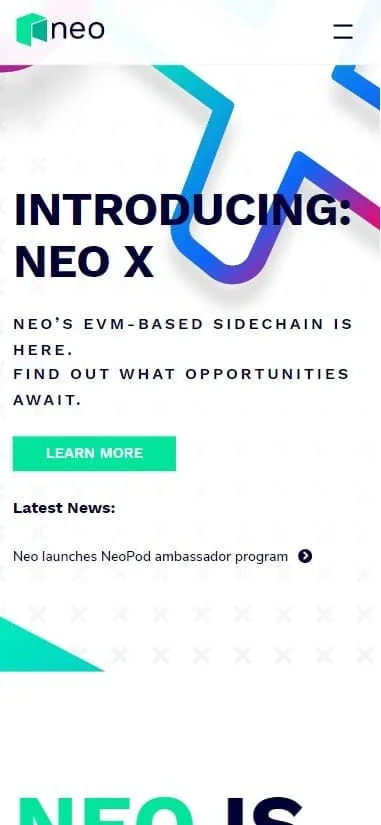
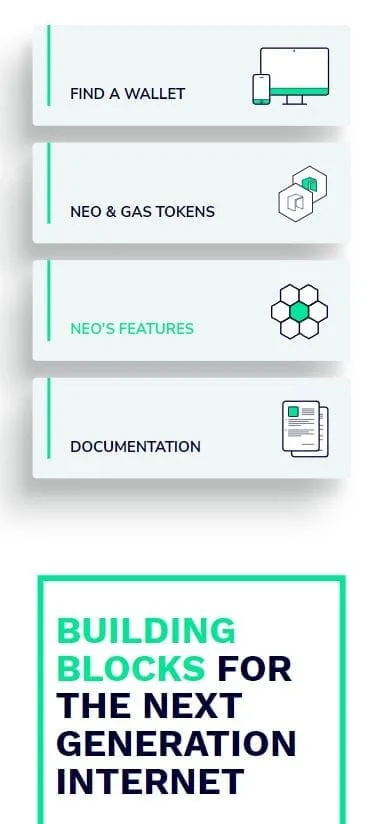
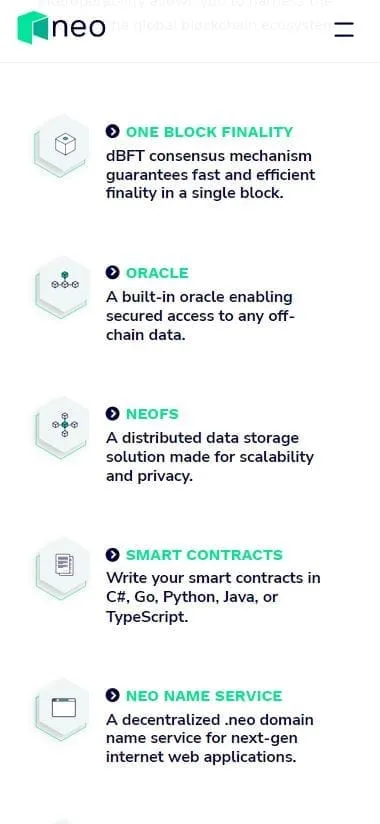
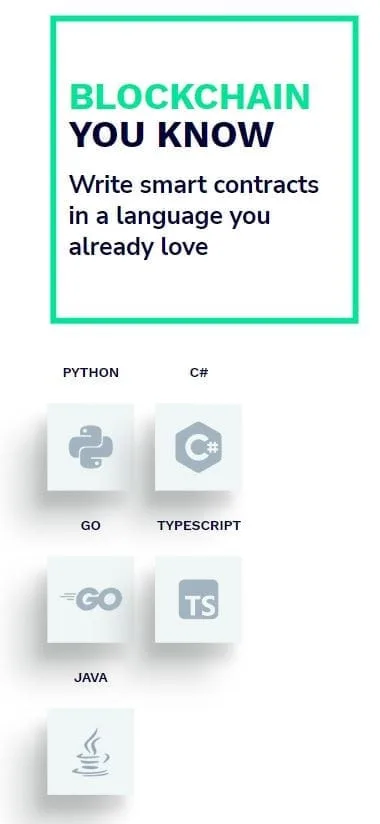
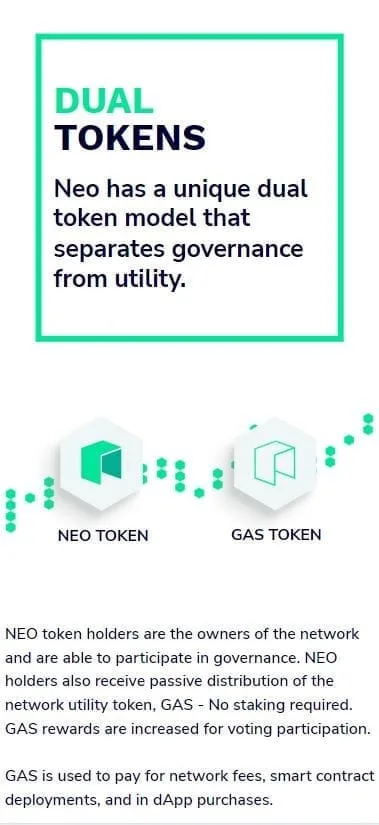















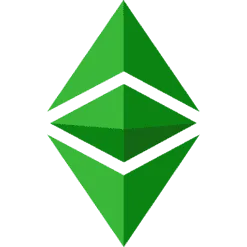
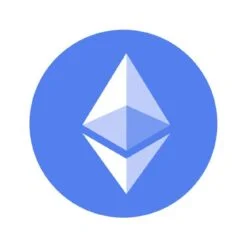

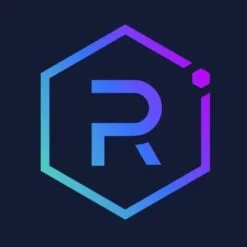

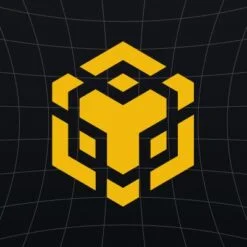
Reviews
There are no reviews yet.